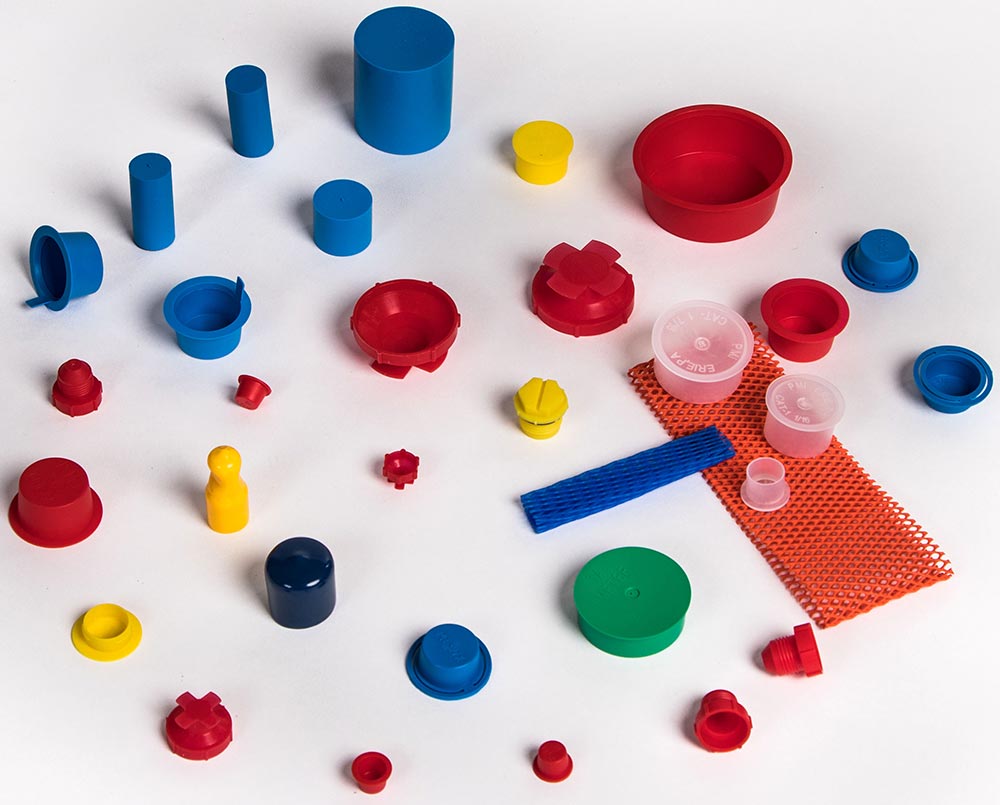News & Events


The Differences Between Injection Molding and 3D Printing
Producing plastic pieces requires various methods for the most productive manufacturing. Today’s most common methods include plastic injection molding and 3D printing. Each has various benefits that will improve production. Read on to learn the differences between injection molding and 3D printing to determine which plastic production method will work best for your business and create the best results.
What Is Injection Molding?
Many plastic products originate from the process of injection molding. Injection-molded items use a plastic polymer mix of chemicals and dyes to inject into a mold. This mixture is an extremely hot fluid that will cool down inside the mold to shape it into a plastic product.
The finished product will have specific features and benefits from the type of polymer used, such as silicon’s heat resistance or nylon’s toughness. Injection molding is an efficient process requiring one mold. This makes manufacturing easier for workers since their only focus is the machines injecting a liquid polymer into the mold.
What Is 3D Printing?
As time progresses, many companies have taken an interest in 3D printing. A 3D printer provides the creative freedom to produce different objects made of a plastic polymer, similar to injection molding. The image that the printed object comes from will print in three dimensions instead of the typical two by using a layering method upon creation.
This additive manufacturing will use various plastics, such as polycarbonate or resin, to create layers of a printed object until it eventually forms a 3-dimensional item. The ability to transform a 2-dimensional object on the screen into a 3D object interests many businesses that want to form complex designs for new items and open new avenues for production.
Differences
While injection-molded and 3D-printed objects have some similarities, they also have differences that affect production. One of the primary differences between injection molding and 3D printing is how they make plastic products. Injection molding relies on a mold and fluid method to develop an object, while 3D printing creates a 3D image with accumulated layers.
Timing
Between these two methods, injection molding is faster than 3D printing since the process only requires an injection of melted plastic and a premade mold. The final product will also be more durable than a 3D-printed object since some of the printed connecting layers may not have as much density upon hardening.
Image Source
Another primary difference is in the source of the image for the object. Instead of a mold, a 3D-printed object comes from an image on the computer that has a layout of the dimensions of the printed object. Although 3D printing has great potential, it still has some foibles in its workings, and plastic injection molding manufacturers are the go-to option for many businesses because of its quick production and easier use.
Injection molding and 3D printing use plastic polymers to develop items, but these two processes have notable differences. Remember these differences when you need to produce plastic products in your business, and consider which will work best for you and your production line.

